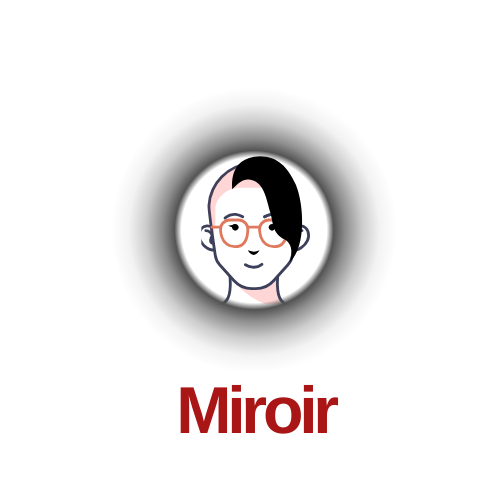

Eleanor Rykener (1394): Lived as both man and woman in medieval London, documented in court records as working across gender lines.
Chevalier d'Eon (1728-1810): French diplomat and soldier who lived as a man early in life, later as a woman in London, challenging 18th-century gender norms.
Sources: Historic England
Christine Jorgensen (1952): Became the first widely publicized American to undergo gender-confirmation surgery, creating worldwide awareness.
Michael Dillon (1915-1962): First person worldwide to transition female-to-male through hormones and surgery.
Virginia Prince: Transgender activist who developed correspondence networks and worked with Alfred Kinsey to bring transgender needs to social scientists.
Sources: National Geographic, Historic England
The uprising that changed everything. Trans women of color including Marsha P. Johnson and Sylvia Rivera were "in the vanguard" of resistance, standing against a system that criminalized their existence. This marked the transition from assimilationist politics to radical liberation movements.
Judith Butler's "Gender Trouble" (1990): Introduced the theory of gender performativity, arguing that gender is not fixed but performed through repeated acts. This revolutionized academic understanding and became foundational to queer theory.
Academic Impact: The work influenced fields from psychology to performance studies, challenging the sex/gender binary and providing theoretical framework for understanding gender diversity.
Emergence of "Genderqueer": The 1990s saw the dichotomy of male/female challenged, giving way to understanding gender as a spectrum.
Sources: Gender Trouble - Wikipedia, American Psychiatric Association
Online Communities: Social media platforms created new spaces for transgender and gender-nonconforming people to connect, share experiences, and build support networks across geographical boundaries.
Visibility & Vulnerability: The internet became both a platform for authenticity and a target for harassment, amplifying both liberation and challenges.
Medical Advances: 2013 saw DSM-5 change "Gender Identity Disorder" to "Gender Dysphoria," reducing pathologization. 2015 brought APA guidelines for working with transgender clients.
Sources: APA History & Epidemiology
One morning in Delhi, I wore truth to class. The mirrors cracked, the research began, and the archive was born. Small acts, infinite ripples.
Read the full story: Crossing the Threshold
A world where authenticity replaces conformity. Where children learn empathy over obedience, where bodies are languages not prisons, where the mirror reflects truth instead of imposed limitations.
Educational systems teach critical thinking instead of compliance. Religious and cultural institutions celebrate human uniqueness. Media amplifies diverse voices. And every person is free to exist without categories, without explanation, without apology.
The future belongs to those who crack mirrors and let light in.
Add your voice to the living archive. Share a moment when you cracked a mirror, a realization that changed everything, or a whisper from your resistance.
Your story becomes part of the collective memory of resistance and authenticity